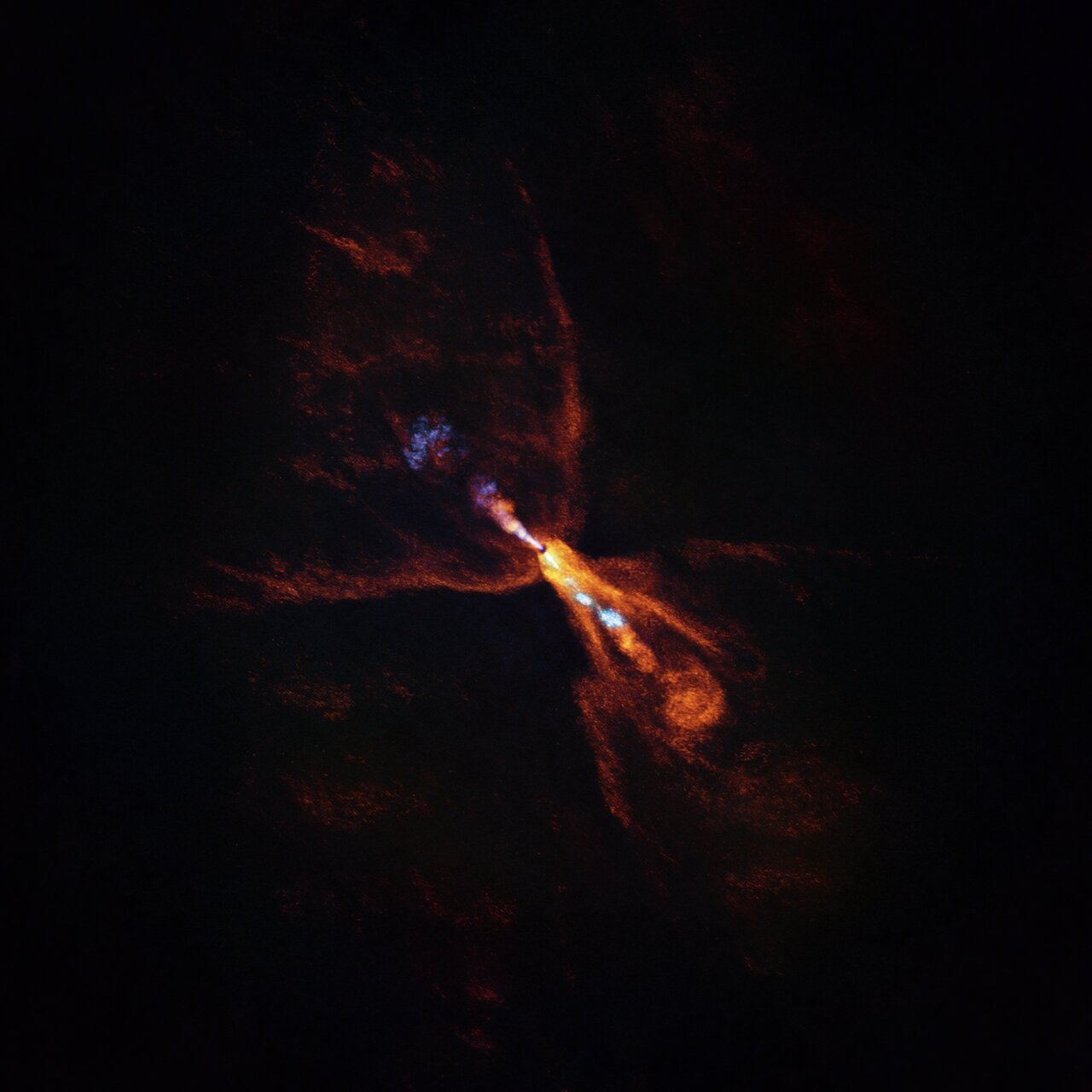🚨 Astronomers have witnessed the dawn of a new solar system!
Using ALMA and JWST they observed the first specks of planet-forming material — hot minerals beginning to solidify around HOPS-315, a baby star 1300 light-years away.
This marks the first time a planetary system has been identified at such an early stage in its formation – a window to the past of our own Solar System.
https://www.eso.org/public/images/eso2512a/
#astrodon #astronomy #astrophysics #space #science
📷 ALMA(ESO/NAOJ/NRAO)/M. McClure et al
